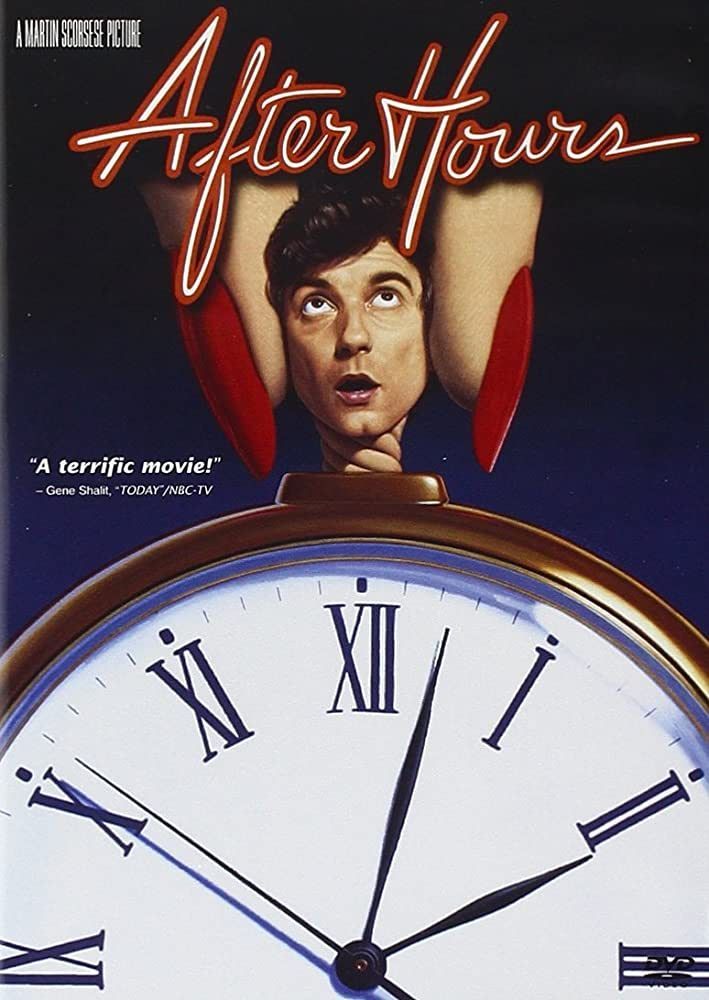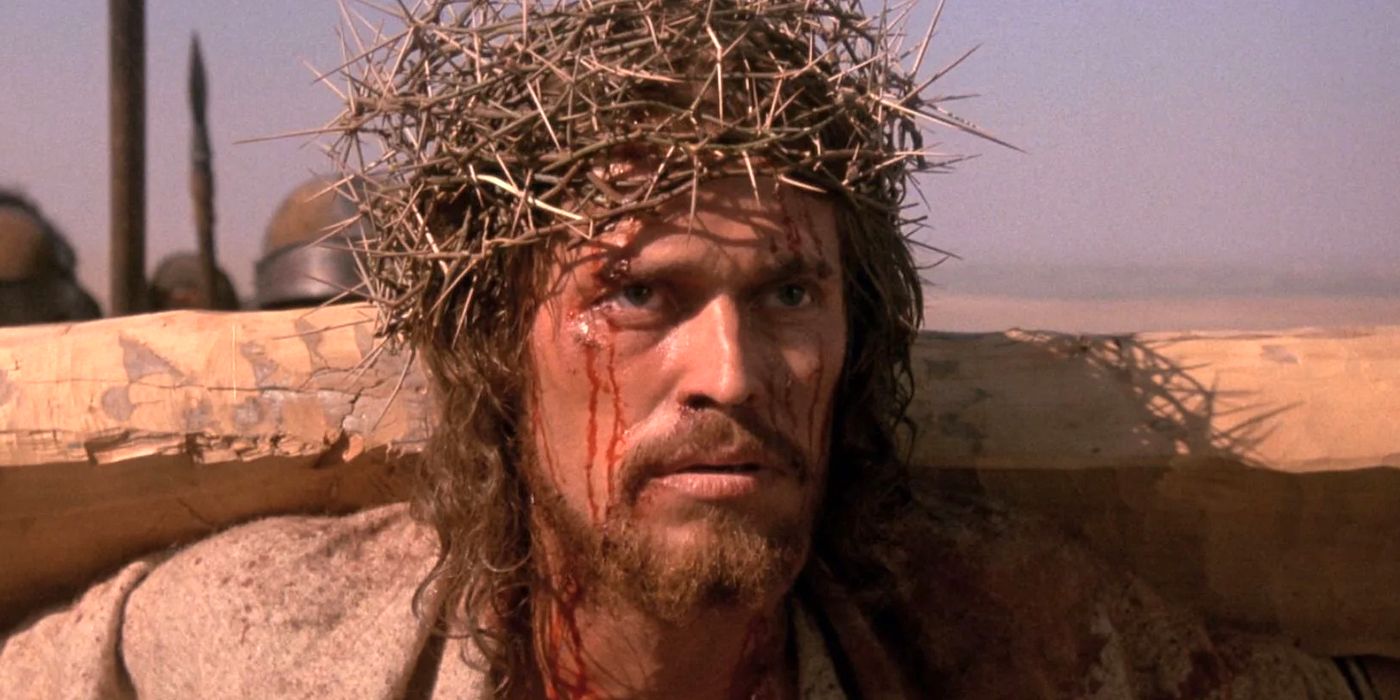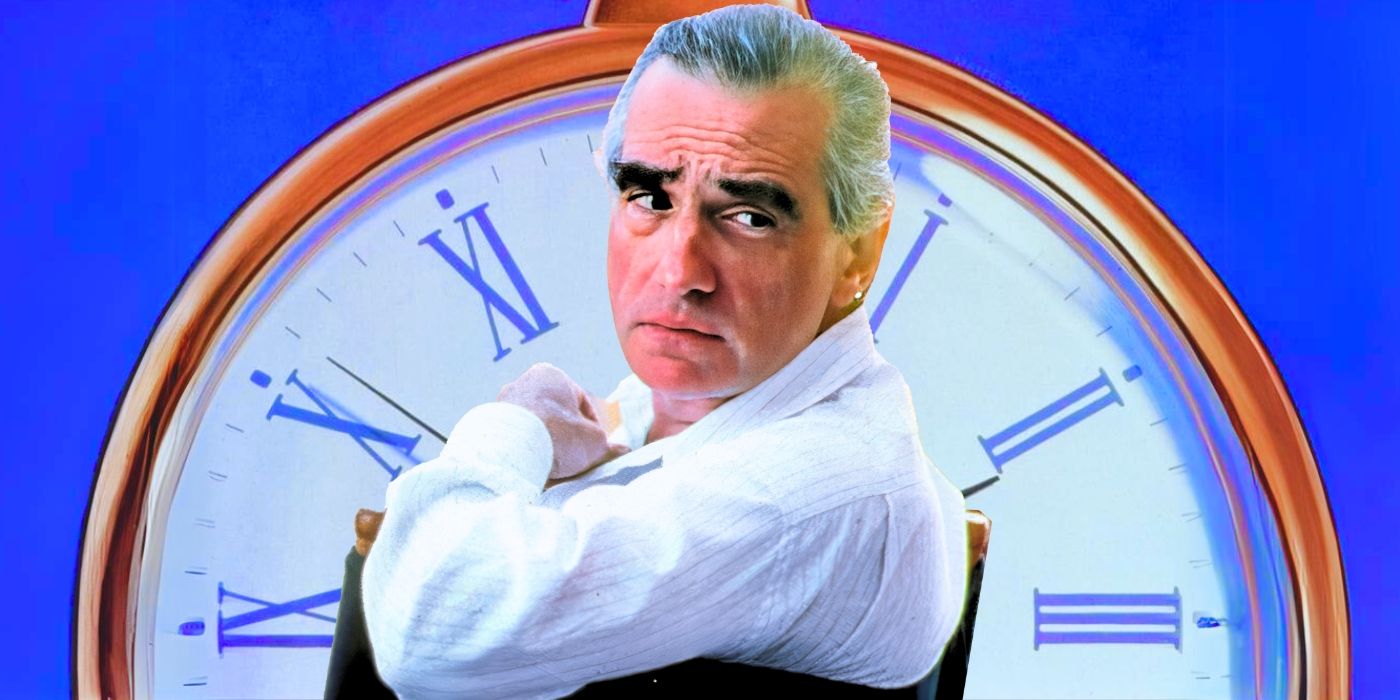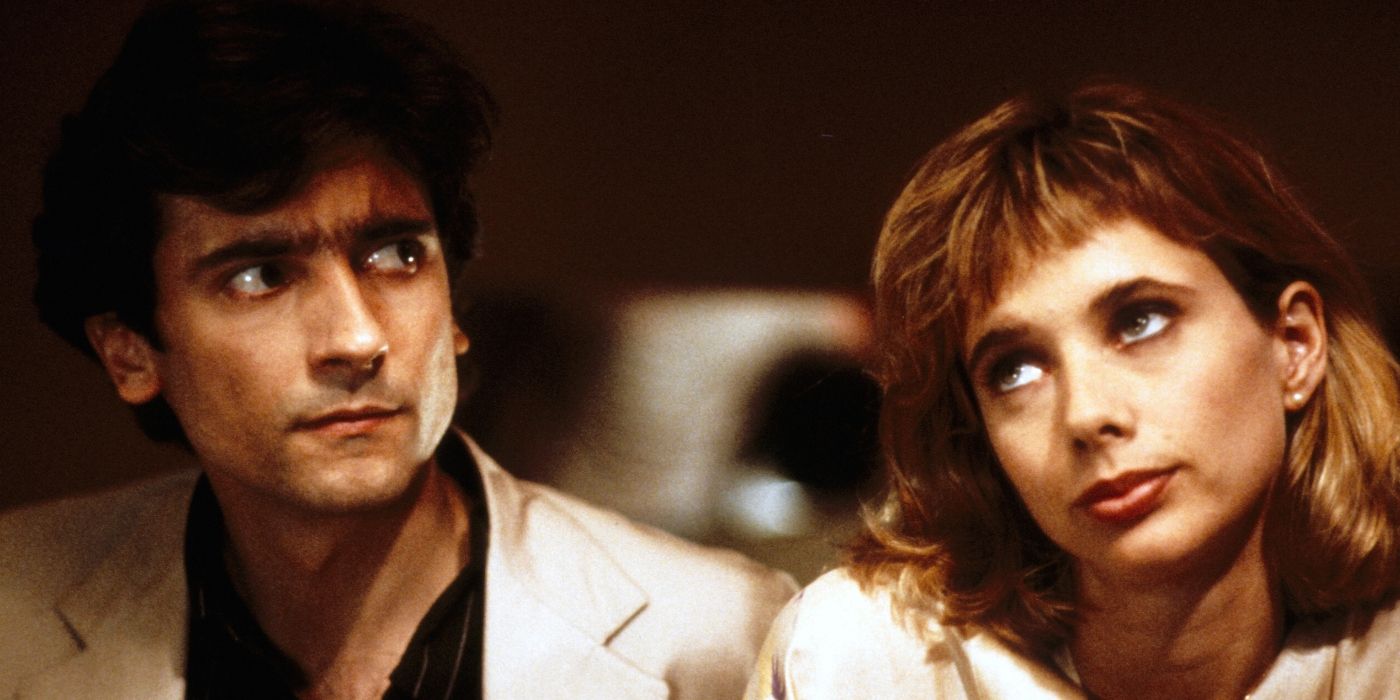The Big Picture
- Martin Scorsese's career took a hit after the failure of The King of Comedy and the struggles with The Last Temptation of Christ.
- After Hours was a low-budget film that allowed Scorsese to showcase his creativity and unique style.
- The film features bizarre, committed performances from a talented cast and highlights Scorsese's bold and inventive direction.
Martin Scorsese is considered a monolith among filmmakers, with impressive projects such as The Wolf of Wall Street, Casino, Raging Bull, and Gangs of New York being just a sampling of his hits. Having gone through multiple evolutions as a filmmaker and survived controversies that attacked his credibility, the Killers of the Flower Moon director has continued to endure to this day. He’s come a long way from that status being called into question, as his influential King of Comedy bombed so badly with critics and audiences that Scorsese was truly on the skids, uncertain of how to move on and save his career. He pivoted hard into going back to his roots, making a micro-budget independent film that thrived on his feel for the hidden nightmares of New York City nightlife, and it led to the comeback that he needed. This is the story of After Hours.

After Hours
- Release Date
- September 13, 1985
- Director
- Martin Scorsese
- Cast
- Rosanna Arquette , Verna Bloom , Tommy Chong , Griffin Dunne , Linda Fiorentino , Teri Garr , John Heard , Cheech Marin , Catherine O'Hara
- Runtime
- 97 minutes
- Writers
- Joseph Minion
Martin Scorsese Struggled After 'Raging Bull'
To find the fork, we must go back to the start of the 1980s, in which Scorsese started off on an absolutely high note with Robert De Niro in Raging Bull, a masterpiece and critical hit that garnered huge Oscar attention, including a director nomination for himself. The film was a comeback for him after the disaster of New York, New York. To capitalize on that, Scorsese collaborated with Robert De Niro again on The King of Comedy. The corrosively prophetic film has since been reclaimed as a stone-cold classic, but at the time, it was a ginormous flop that scared general audiences away due to how willing the film was to stare into the abyss that is toxic parasocial relationships, a conversation the country maybe wasn't quite ready for.
Then, Scorsese planned on continuing to pursue his biggest passion project: The Last Temptation of Christ. He had wanted to get that film made for years, but the controversial nature of its material was so heated that Paramount Pictures, who were going to develop it with him, dropped the film entirely, as explained in the book Martin Scorsese: Close Up: The Making of His Movies. This one-two punch knocked the wind out of Scorsese, but didn't knock him down. In an interview with Fran Lebowitz, he detailed how he responded to getting no financing for any of his passion projects by turning to small-scale independent productions, looking for spec scripts that had promise. He got in contact with Griffin Dunne and Amy Robinson, who had their own independent production company, and they told him about a script he might like. This led him to the film that would give him the boost he needed: After Hours.
'After Hours' Is a Screwball Comedy Inside a Thriller
After Hours is what happens when a director is allowed to run rampant with creativity all thanks to a low budget and low expectations, at a mere $4.5 million. It's the tale of Paul Hackett (Griffin Dunne), a computer office drone just looking to unwind after a hard day of work. He meets with a woman named Marcy (Rosanna Arquette), who tells him where she lives and gives him her number. He goes to her place later that night, but loses most of his money in the cab ride on the way over. With that money fluttering away, the story quickly switches from what could be a charming romantic comedy and mutates into a never-ending trial of events that all seem to be dictated by Murphy's Law: whatever will go wrong for Paul will go wrong. As with any good nightmare, there is no explanation provided for any of this. The universe simply took one look at Paul's wanting to blow off steam and said "not tonight." In a manner similar to The Game, the film is a downpour of misery and paranoia on the protagonist. Unlike that film, After Hours knows better than to try and explain such a tragic row of domino falls with actual logic.

Why It Took Martin Scorsese Forever To Make ‘The Last Temptation of Christ’
It's one of the most directly religious examples of development hell film production has ever seen.Among the list of things that pop up over the evening are an ice cream truck, a papier-mâché structure shaped like a person in the middle of a scream, angry mobs, Peggy Lee, mohawk-loving punks, and wrong accusations of burglary. That doesn't even scratch the surface of the number of ways that New York City finds ways to mess with Paul's head. The joy of the film is in how Scorsese strings each individual curveball into its own subplot, with recurring characters and problems popping up at the worst time for Paul. As soon as he's seemingly dealt with one problem, another one shows up right around the corner. Scorsese takes what is effectively just a series of bizarre occurrences and turns it into a labyrinthine existentialist nightmare, and he does so through sheer style and commitment to its own internal logic with no winking.
'After Hours' Is Filled With Bizarre, Committed Performances
What makes the film so much more fun than it has any right to be is that, with Scorsese's touch, it manages to be both a flop sweat thriller and secretly a screwball comedy. Traditional screwball comedy states that you have to have an ordinary protagonist constantly surrounded by bizarre characters each in their own little bubble of behavior, and Scorsese has every character be a screw not because they're particularly exaggerated, but because they're so unthinking about how weird their behavior is.
It helps that the cast is full of performers who would become even bigger deals in the future, and they all commit fully to their bits. Bronson Pinchot is an earnest daydreaming coworker of Paul's, Teri Garr is a high-strung waitress who has the hots for Paul and doesn't take rejection kindly, Linda Fiorentino is a narcoleptic sculptor with a penchant for pain. Even the great Catherine O'Hara has one of her first big film roles as an ice cream truck driver who seemingly only exists to mess with Paul as if she were a grade school bully. All of these performers are wonderful in their own eccentricities. It makes for an exciting exception that he has so many women as prominent characters, and they're all allowed to be their own unique individuals.
'After Hours' Works So Well Because of Martin Scorsese's Bold Direction
But characters alone aren't enough to sell us on a living nightmare, and while Scorsese may have been humbled by the industry, he wasn't the least bit cowed. He brought the same manic energy and inventiveness he brings to every film: excellent needle drops, whooshing pans, quick cuts of insert shots to emphasize chaos, and a feel for the danger and grime of the streets. Paul bottoms out, gets on his knees in the middle of the street, and screams to God, "What do you want from me? What have I done?" To drive the moment home, Scorsese has the camera far up in the sky looking down on Paul with a passive distance, in line with Scorsese's future depiction of God in Silence. Paul is in such dire straits that even God simply cannot be bothered with him.
When After Hours was released, it was met with a modest $10 million box office and reasonably good critical reception. Martin Scorsese worked through the troubles of having to go back to his independent roots, relying more on his pure instincts and creativity in order to prove that he still had the juice. The success of this film helped lead him to his next film, The Color of Money, which cemented his ability to still make movies that drew business and excited audiences. But he couldn't have taken that next step in his gradual ascent into one of the most important American filmmakers of all time if he hadn't first dragged Paul Hackett through the mean streets of SoHo.
After Hours is available to rent on Prime Video in the U.S.


